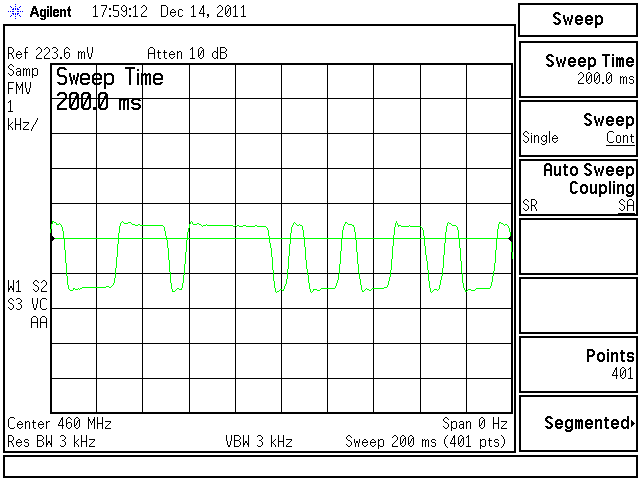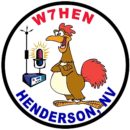
TEK NET
20220904
The Henderson Amateur Radio Club is pleased to present our Tek Net every Sunday evening, starting at 8pm local time (0300 UTC).
The audio portion of the Tek Net will be found on the Henderson Amateur Radio Club Repeater Network (RF). The audio may also be accessed via Echolink (W7HEN-R node 740644) and Allstar (node 44045).
The audio will refer to this page, so that the listener can more fully understand the concepts as they are presented.
All are welcome!
Past Tek Nets Available Here
Tek Net Comments or Suggestions
September 4, 2022
“Selective Signalling in Two-way radio”
Selective signalling has been around in two-way radios since the 1930’s.
I will be focusing on Motorola equipment and specifications based on my personal experience with these early forms of communications signaling.
And as any technical subject matter, there will be those who will want argue about terms, dates, equipment etc, we don’t have time in 1 hour for that tonight.
Everyone’s comments are welcome here, the more information available the better for all.
The subject of Selective Signalling, can get rather complex, however if anything I’ll attempt to simplify the understanding is my goal tonight.
In a conventional, analog two-way radio system, a standard radio has noise squelch or carrier squelch, which allows a radio to receive all transmissions.
Selective calling is used to address a subset of all two-way radios on a single radio frequency channel. Where more than one user is on the same channel (co-channel users), selective calling can address a subset of all receivers or can direct a call to a single radio. Selective calling features normally fit into two major categories—individual calling and group calling. Individual calls generally have longer time-constants: it takes more air-time to call an individual radio unit than to call a large group of radios
Some types and names of Selective signalling are Tone-Burst, Sequencial Tone signalling, CTCSS, Quick-call, DTMF just to name a few to be discussed tonight and how the transmitters and receivers play their part in the usage and implementation of selective signalling.
Tone signaling is a method of sending in band (audible) audio wave forms that are decoded by a receiver.
If the tone or tones meet the format programmed (define programmed) into it, then an action happens.
For volunteer members of the fire service, it will typically activate a belt worn pager with a beeping and/or vibration, and open the squelch so the call can be heard, hospitals have a similar in house system to contact doctors on the premises only.
In a firehouse, the tones can activate the receiver so the call can be heard. Also, turning on lights in a bay, sleeping quarters, or sounding a Klaxon horn or an annunciator.
1928 – Galvin manufacturing (consisting of brothers Paul and Joseph Galvin) purchases Stewart Battery eliminator plans and starts manufacture.
1930’s – Galvin Manufacturing designs and sells one-way radios to police departments. They invented the single tone burst to provide a way to selectively call specific police cars.
Fire stations started using this new format to dispatch information to certain areas only. These early radios were AM receivers.
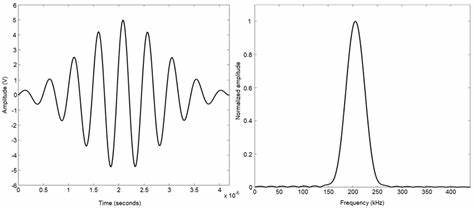
1942 – Motorola invents several FM two-way radios for the U.S Army.
1947 – Galvin Manufacturing changes its name to Motorola.
Paul Galvin wanted a brand name for Galvin Manufacturing Corporation’s new car radio, and created the name “Motorola” by linking “motor” (for motorcar) with “ola” (from Victrola), which was also a popular ending for many companies at the time, e.g.Moviola, Crayola. The company sold its first Motorola branded radio on June 23, 1930.
1951 – Motorola invents the sub-audible tone squelch (called PL), which is a way to activate the receiver section in two-way radios that have the correct tone decoders installed.This gave radios the ability to squelch out interference noise that could be heard at times on the operating channel.
Now there was a way to have different radio users on the same frequency and not have to listen to traffic on that frequency that wasn’t meant to be heard by other companies.
Motorola called their system Private-Line (which led to problems – explain).
Other radio manufacturers started developing their own versions of this selective call systems.
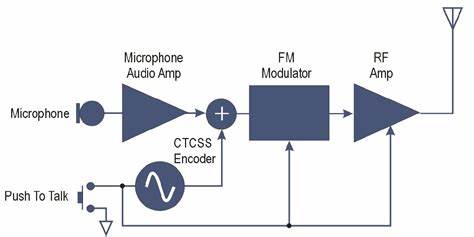

At the time Motorola gets the patent on the sub-audible signalling system in Aug 1954.
The heart of achieving the precise frequency tone decoder was based on the use of tuning forks cut to precise frequencies and suspended on springs to not be affected by physical stresses (vibrations external to the element). These were used in base radios and the Motrac series of radios introduce in 1958.

Motorola used this same method of precise tone generation and decoding for their 2, 4, 5 and more tone signalling for Fire Dept and in house paging needs, such as hospitals up until the 1970’s.
In 1964 – These smaller elements were able to be used in the PageBoy I pager units, which were two-tone units.
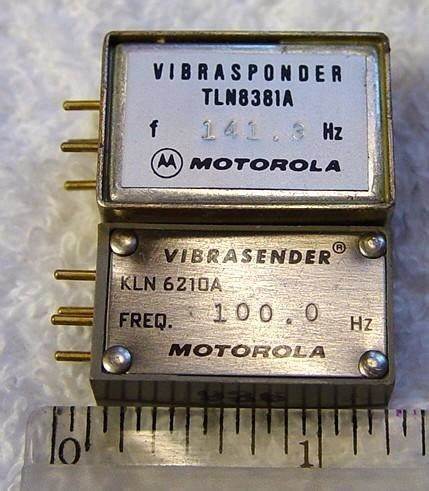
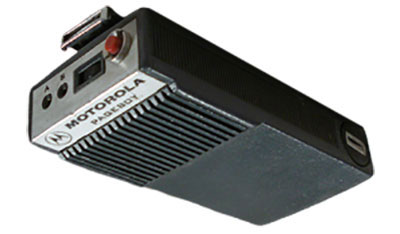
1975 brought us the Pageboy II pocket pager.
This used a Permacode element to determine the frequency needed. Unlike its predecessor it did not use a tuning-fork element for precise frequency control but SMD to create very selective filter circuitry on one plug-in frequency element.
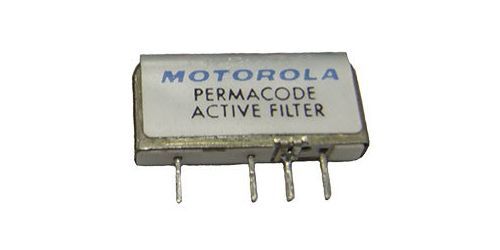
DTMF or Dual Tone Multi Frequency (first introduced in July 1960), gives the capabilities of selective signalling to any transmitter that has an allowable audio range of approximately 500Hz to 1800Hz.
The combining of one row tone and one column tone, 8 different tones gave the user 16 distinct digits.
The main advantage to the DTMF format was to get away from the slow dialing sequence and using Hi-Q circuits now had the high speed decoding that was wanted.
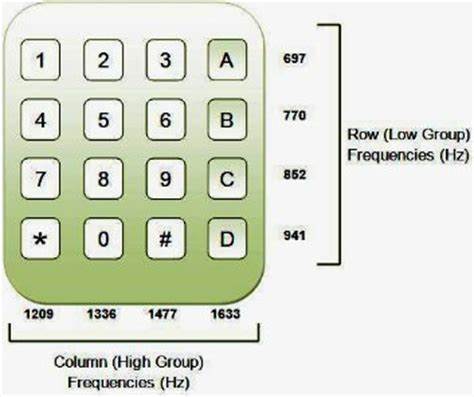
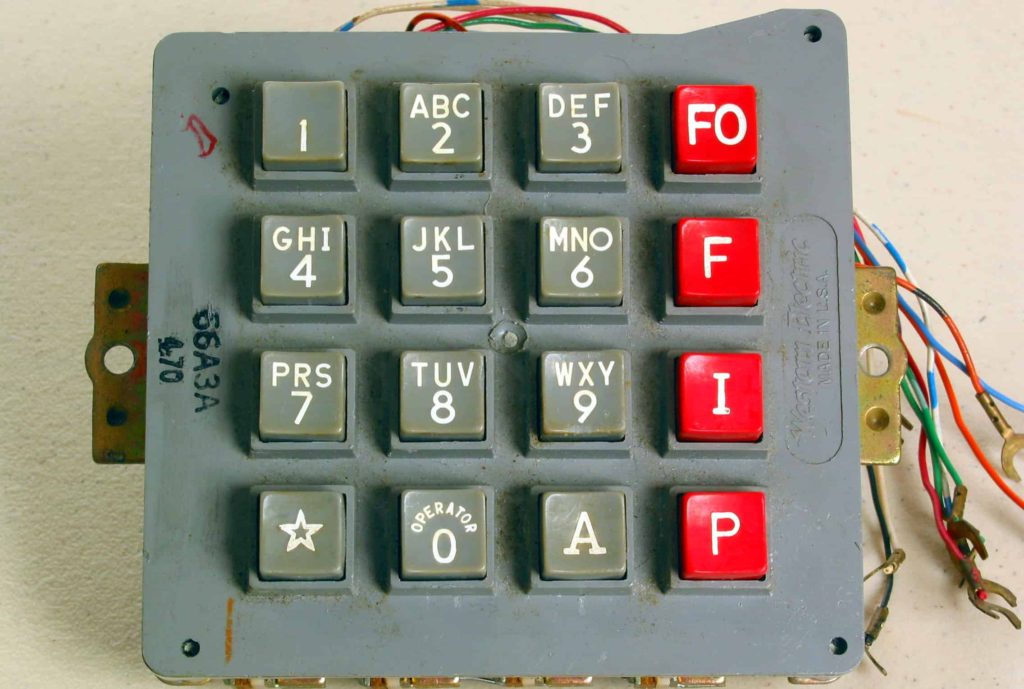
DTMF is still used for Telco signalling and many radio control applications today. Many construction companies were using DTMF on their business band radios to signal a supervisor in the field by transmitting a code sequence (often 3-4 digits) and honking the vehicle’s horn until it was rest by the supervisor.
The DTMF encoder is small and is normally a single IC and a 4X4 keyboard. Now that radios are synthesized using an internal micro-processor, the tones groups can be created by the processor by simply “reading” the keyboard buttons.
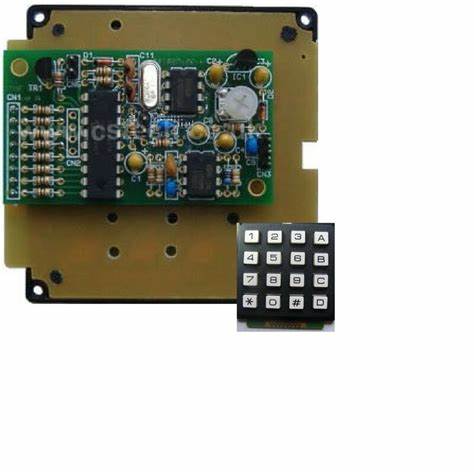
With more digital devices coming to market, there was a tidal wave of digital modulation and data transmission schemes introduced.
Customers now had the ability to communicate their messages directly to their pagers with small terminal units like these.
I wasn’t able to find any early images of the pagers that used these terminals, they typically had 2 lines of information on the display.
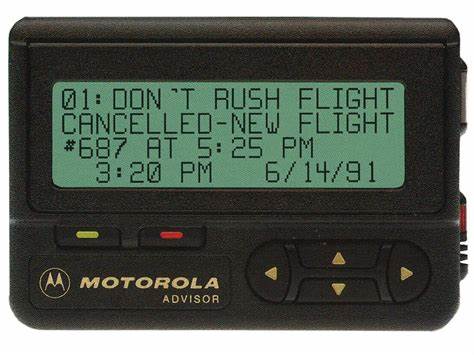
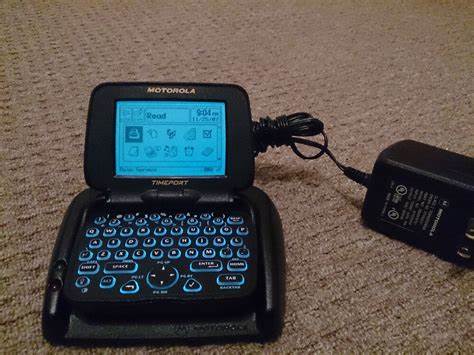
From the earliest transmitters and receivers made, there has been a need to “steer” transmissions to radios, people, equipment etc, which led to some of the most ground breaking capabilities to two-way radios ever.
We still have the the need for Selective Signalling, but now its done at the RF level instead of the audio level using digital modulation schemes, its more reliable, faster and even more secure with digital encryption techniques being used on the audio portion of the signal.
